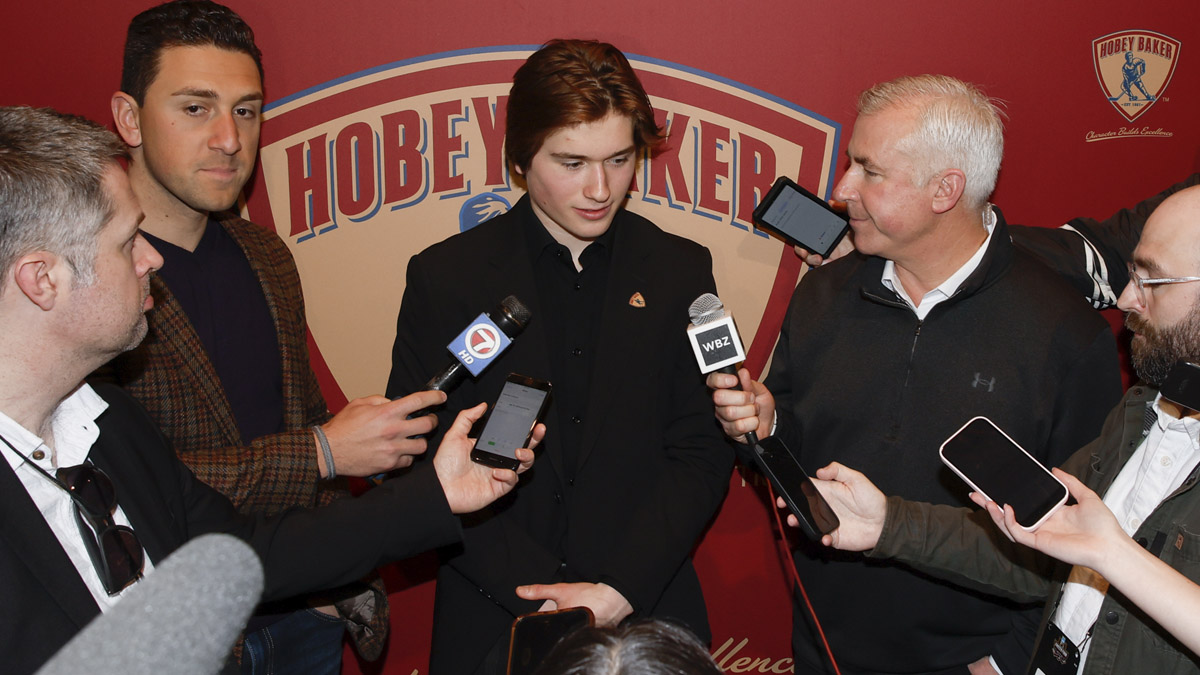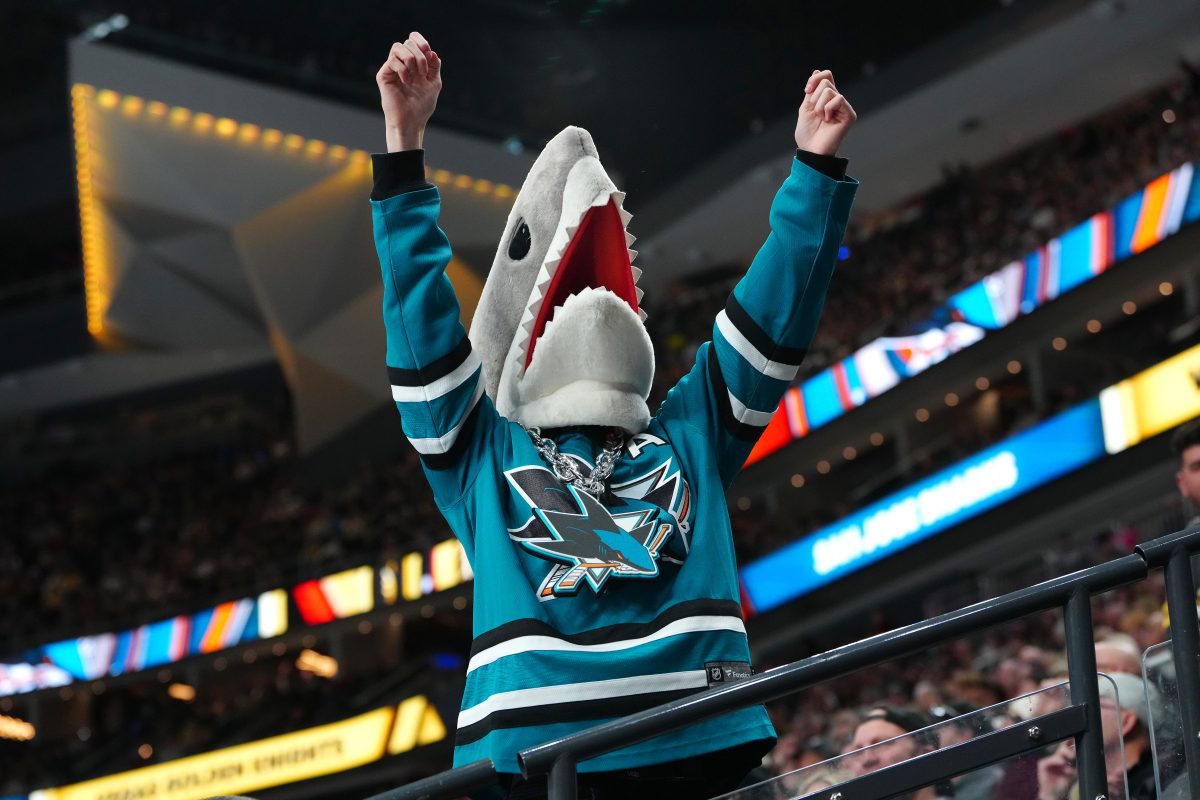
SAN JOSETheres a pretty good reason the Sharks were having trouble getting sustained pressure in the Phoenix zone during Saturdays 3-0 loss at HP Pavilion.
If you believe head coach Todd McLellans numbers, and, well, theres no reason not to, San Jose won just six of 24 offensive zone draws. That, combined with goalie Mike Smiths deft skill at handling the puck, was a major factor in the team suffering its second shutout of the season.
You take that lack of time in the O-zone because you lost the faceoff and combine that with Mike Smiths ability to play the puck out on our forecheck, we were never in their end, said the coach.
Stay in the game with the latest updates on your beloved Bay Area and California sports teams! Sign up here for our All Access Daily newsletter.
Overall, the Sharks are 11th in the NHL in faceoff percentage with 51.1 percent success rate. Thats not a terrible number, but its below where they were last season when they finished second in the league (53.7 percent) behind only Vancouver. That might not seem like much of a difference, but for a team that relies heavily on puck possession, its notable.
We need to get better at it. In the past weve been good, said Patrick Marleau, who is back centering the second line after starting the season as a wing on the top line. Were not where were used to being. The personnel hasnt changed, so it might be a little bit more of a mental thing and more focus from the players would help.
A quick glance at the individual numbers among Sharks centers says that Joe Thornton leads the team (54.4 percent), followed by Michal Handzus (52 percent), Marleau (49.5 percent), Logan Couture (48.9 percent) and Andrew Desjardins (48.4 percent).
Faceoffs are more about just the guy lining up in the middle, though.
San Jose Sharks
There are two parts of itthe centerman who takes the faceoff and everybody else knowing what to do off of it when you do win or lose, said Marleau.
To be fair, there isnt a huge difference in faceoffs between the top team in the league (Boston55 percent) and the worst (Calgary45.6 percent). Much of the time, faceoffs come down to simple dumb luck.
Still, that differential is controllable, according to McLellan.
Sometimes when the referee drops the puck it bounces a certain way or it hits a foot and theres nothing you can do about it. But, I do believe you can control that swing between 45 and 55 percent, and you should be able to swing it your way.
And just how do you go about that? It involves a whole slew of variables, according to McLellan.
Are we getting help from the wingers? Are we changing up our tactics when we go in? Are we doing the same things over and over again and getting the same negative results? Are we prepared to use or feet? Are we prepared to go to our forehand? Are we prepared to lose a faceoff on purpose and get the forecheck going?
We continue to work at it.


